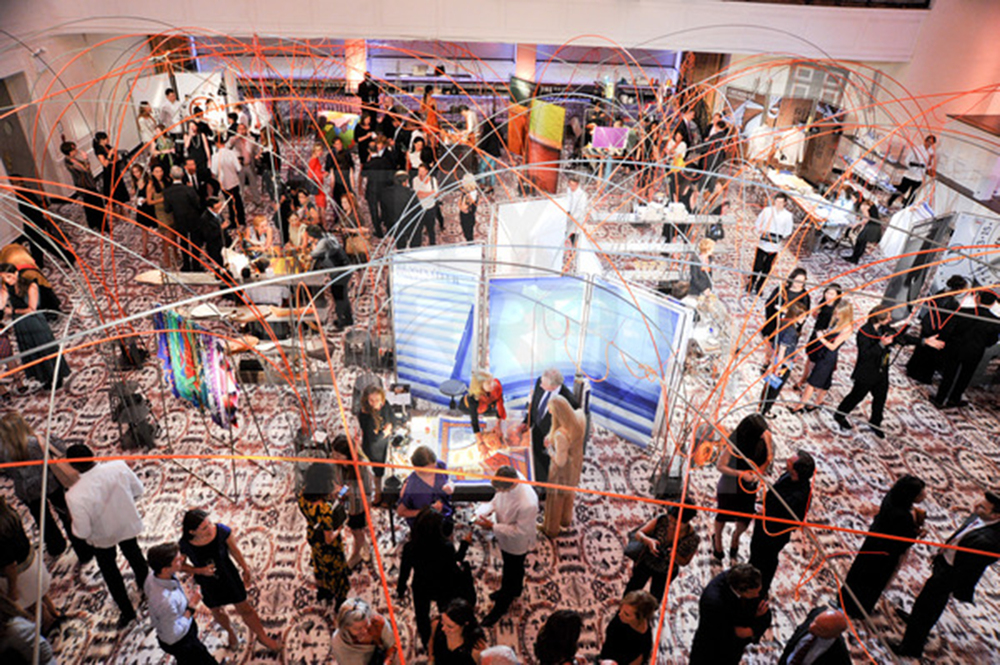
Effective company event management represents a fascinating intersection of psychology, logistics, and anthropology—a delicate orchestration of human experiences designed to achieve specific organisational outcomes. Like a well-composed symphony, successful corporate events harmonise diverse elements into a coherent whole that resonates deeply with attendees.
The Curious Case of Corporate Memory Formation
As a neurologist might observe, our brains process experiences differently when removed from familiar environments. The neural pathways activated during novel experiences—such as well-designed corporate events—create stronger memory imprints than those formed during routine activities. This phenomenon explains why thoughtfully crafted corporate gatherings often become reference points in an organisation’s collective memory.
I recall observing a technology conference in Singapore where attendees were invited to participate in an unexpected tea ceremony before the keynote presentation. Brain imaging studies suggest that such juxtaposition of contrasting experiences—formal business context with traditional cultural ritual—enhances attention and memory consolidation. The participants appeared to enter a state of heightened receptivity, their usual cognitive patterns temporarily suspended.
“The most neurologically effective corporate events in Singapore create what we call ‘state-dependent learning’—knowledge acquisition tied to distinct emotional states that make retrieval more accessible during future decision-making processes.”
The Anthropology of Organisational Tribes
Corporate gatherings function as modern tribal ceremonies, reinforcing shared values and strengthening social bonds. Consider these anthropological elements present in effective business events:
- Ritual behaviours that signal belonging (awards ceremonies, recognition moments)
- Symbolic artefacts that embody corporate values (branded materials, environmental design)
- Creation myths that reinforce organisational identity (founder stories, company history)
- Liminal experiences that mark transitions (product launches, leadership changes)
The Paradoxical Brain: Balancing Structure and Surprise
Our brains simultaneously crave both predictability and novelty—a neurological paradox that skilled event designers understand intuitively. An event must provide sufficient structure to prevent cognitive overload while incorporating unexpected elements that prevent habituation and maintain engagement.
I have documented the physiological responses of attendees at corporate events in Singapore and noticed a fascinating pattern: the most successful gatherings carefully modulate this tension between order and surprise, much as an experienced physician might calibrate medication dosages to achieve optimal therapeutic effect.
Temporal Perception and Event Design
Time perception varies dramatically based on cognitive engagement and emotional states. Minutes can seem like hours during tedious presentations, while deeply engaging activities create what psychologists term “flow states” where time seems to accelerate.
“The skilled corporate event manager understands temporal psychology—crafting experiences that compress and expand subjective time perception to serve strategic objectives. In Singapore’s fast-paced business environment, this temporal artistry becomes particularly valuable.”
Environmental Psychology and Venue Selection
The physical environment profoundly influences cognitive function and social dynamics. Consider these environmental factors when planning corporate gatherings:
- Ceiling height (higher ceilings promote abstract thinking, lower ceilings enhance focus on details)
- Natural elements (exposure to plants and natural light improves cognitive performance)
- Proxemics (spatial arrangements that facilitate desired interaction patterns)
- Sensory modulation (controlling sound, light, temperature, and olfactory stimuli)
The Neurochemistry of Memorable Experiences
Corporate events offer unique opportunities to trigger beneficial neurochemical responses:
- Dopamine release through unexpected rewards and positive recognition
- Oxytocin production via structured social bonding activities
- Endorphin elevation through shared physical experiences
- Serotonin enhancement via celebrations of collective achievement
I observed a particularly effective product launch in Singapore where careful attention to these neurochemical principles transformed what might have been a standard presentation into an emotionally resonant experience. Attendees were observed displaying physiological markers of heightened neural engagement—dilated pupils, increased heart rate variability, and synchronised patterns of movement—all indicators of deep experiential encoding.
The Curious Phenomenon of Post-Event Integration
Perhaps most fascinating is the period following corporate gatherings, when individual experiences consolidate into collective understanding. The brain processes experiences during periods of reflection, often restructuring neural connections to integrate new information with existing knowledge frameworks.
Sophisticated event designers extend their craft beyond the temporal boundaries of the event itself, creating deliberate opportunities for post-event reflection and integration. This might include structured follow-up activities, curated documentation, or strategic communication that reinforces key messages during this neurologically sensitive period.
“The post-event integration window represents a critical yet often overlooked opportunity in the corporate event cycle. Neurologically speaking, the event doesn’t truly end until the brain completes its consolidation process.”
The Case for Neurosensitive Event Design
In my decades of observing human cognitive function across diverse contexts, I’ve become convinced that corporate events represent unique opportunities to engage with the brain’s remarkable capacity for transformation. When we understand the neurological underpinnings of experience design, we can craft gatherings that don’t merely communicate information but fundamentally reshape how participants perceive themselves and their organisational identity.
Whether planning leadership retreats, product launches, or annual gatherings, the principles of neurosensitive design offer a fascinating framework for elevating ordinary corporate functions into extraordinary transformative experiences. For organisations seeking meaningful engagement with their most valuable resource—their people—investing in scientifically informed company event management may well be the most neurologically sound business decision they make.



